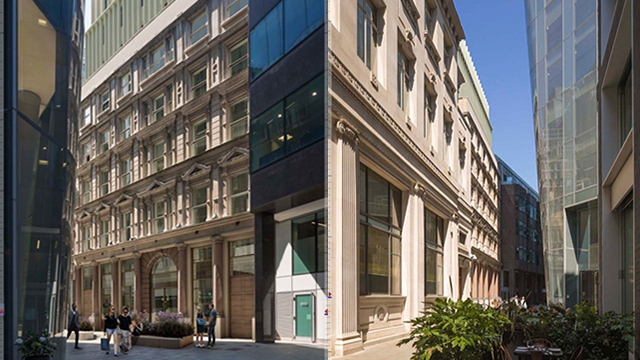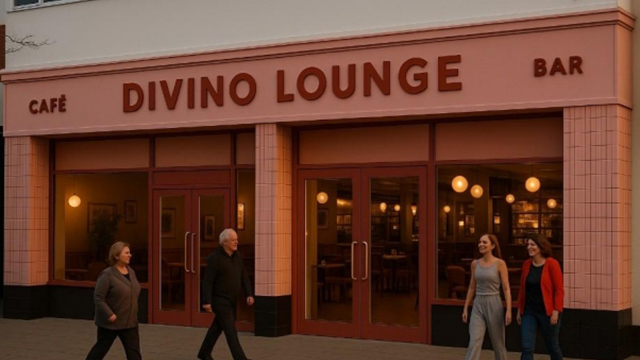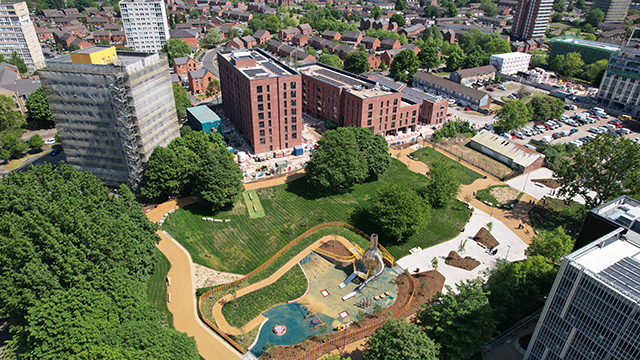COMMENT: Type “The future of real estate” into Google and you’ll get more than five million results. You don’t need to concern yourself with all of them but from McKinsey to Deloitte, Forbes to Oxford University, there’s no shortage of sharp minds turning their attention to how the built environment is changing.
And it’s not just those outside real estate concerning themselves with its direction; these days so many more players in this industry are focused on the future than the past.
After spending two days at the top of the BT Tower with more than 40 EG Awards judges this week, it’s clear the best-performing real estate businesses are taking a more far-sighted view than ever. (Look out for the shortlist next week.)
That focus on the future is apparent in the way the best operate too.
Take British Land’s talks with residential operator Fizzy Living. The UK’s second-largest REIT is poised to buy the platform from housing association Thames Valley Housing.
It’s much more than a deal for 1,000 or so flats. Blue-chip interest in Fizzy moves the private rented sector a sizeable step towards becoming a mainstream asset class in the UK. And with its Canada Water project promising 3,000 flats, BL would also have a springboard for growth.
With Oxford Properties buying into Delancey and Qatari Diar’s £1.5bn Get Living, CPPIB announcing a £1.5bn tie-up with Lendlease to establish a rental portfolio and Lone Star looking for a buyer for Quintain and its 5,000 homes at Wembley, the build-to-rent market is hotting up.
And the factors determining its direction are not just financial but demographic. Those buying in and buying up are thinking far, far into the future.
It’s not just in resi where the future looks very different to the past. Nowhere is changing faster than retail.
Figures from Radius Data Exchange show this week’s closures proposed by House of Fraser could create 3.3m sq ft of empty space, bringing the total space lost on UK high streets in 2018 to 11m sq ft. If you want a future-facing parallel, that’s equivalent to almost one-and-a-half new Amazon HQs.
It’s changing too in the thinking around land value capture, where Transport for London is looking to broaden the tax base to fund Crossrail 2.
Proposals to levy a charge on those living near stations are likely to fall victim to political pragmatism, but the thinking will no doubt open up talks around how landlords and occupiers contribute. The intersection where politics and real estate meets is shifting too.
Metro mayors and their hunt for good growth means engagement at a regional level is more important than local and perhaps national interaction too.
Industrial continues to fly. In offices, flexibility reigns. (And don’t miss a fabulous account of one established investor that took up space with WeWork to better understand the sector in EG next week – Radius Data Exchange subscribers can read it now online.)
And when it comes to diversity – and not just of gender, but of ethnicity, sexuality and of thought too – the future will have to be very different to the present, let alone the past.
It’s why EG’s tone and coverage are changing. It’s why we are staging our first Future of Real Estate week next week – with events in Bristol, Liverpool and London. And it’s why this sector is changing – for the better.
To send feedback, e-mail damian.wild@egi.co.uk or tweet @DamianWild or @estatesgazette










